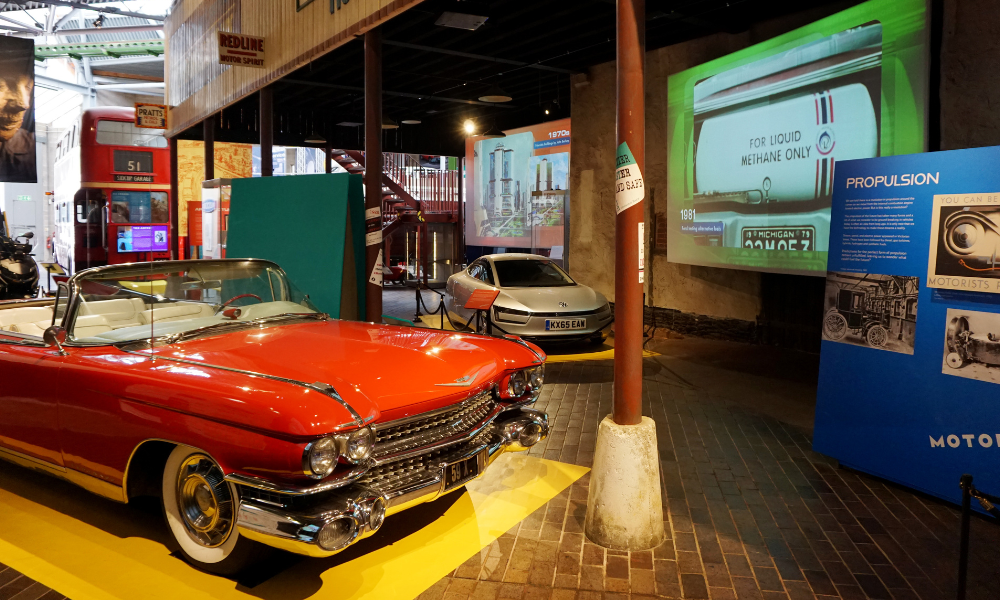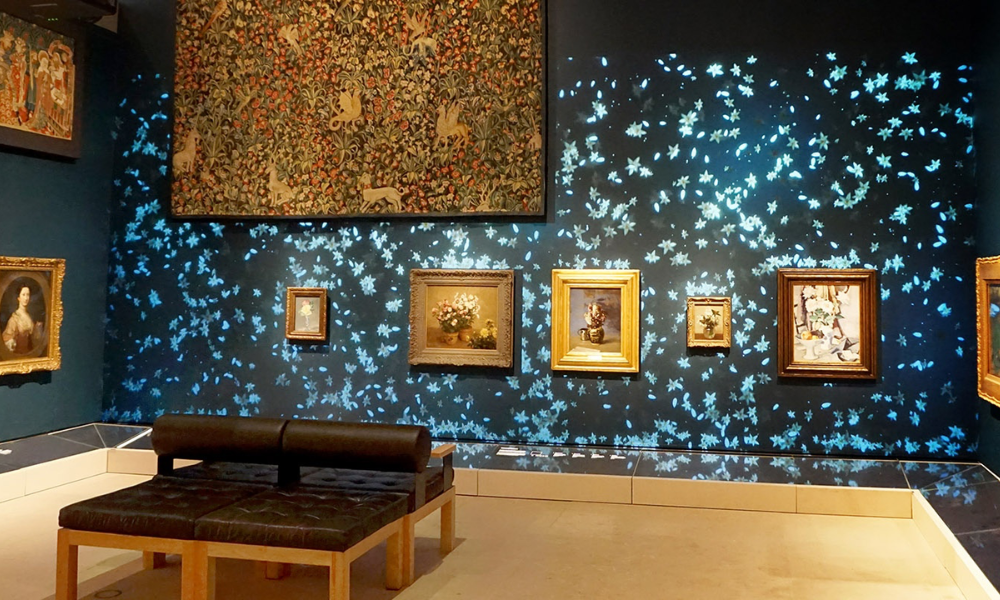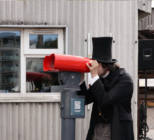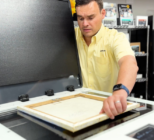The technology powering the immersive modern museum exhibition, and location based attraction is nothing without a justification based in storytelling.
That’s the view of David Willrich, co-founder of DJ Willrich Ltd (DJW) – an audio-visual company which began life as a consultancy in 1986.
Willrich, who started the business with his wife Lynn, believes in harmonising storytelling and technology to get the most immersive experiences for visitors.
“Technology continues to offer more for less as it develops,” he told Advisor.
“If there is a high dependency on technology, the story has to be strong; this ensures that the authenticity of the subject and story stands above the technology being used to tell it.”
DJW exists to do just that, collaborating with creators ahead of designing a system to deliver the desired experience.
“Generally, we like to ask the curator and designers to describe what they think the visitor experience will be, avoiding any references to technology,” Willrich continues.
“A curator that really knows their stories will start with the first few facts and then really start to embellish them and tell you a story, it is then very easy to determine the most suited platform to the story/stories they are telling. In conjunction with the media production and design teams, the final visitor experience can then be created.

“On a recent project at the National Motor Museum, Beaulieu, the curatorial team wanted to bring out a wealth of archive images into the exhibition. Projection was deemed to be the best approach.”
This allows the team to create bespoke applications that have a heavy interaction between hardware, media and guest.
“As you learn more about the projects and budgets, it becomes quite easy to start discussing potential solutions,” he said.
Evolving with Technological Trends for Enhanced Experiences
This emphasis on cutting-edge technology means the storytelling aspect of exhibitions must also evolve in order to keep up, according to Willrich.
“We have close relationships with the leading manufacturers of technology important to our industry. We are invariably aware of new developments that are typically one to two years away,” he explained.
“For the client, they have the confidence of being supported in their project by a manufacturer, meaning that if something should fail the incentive will be very high to resolve the issue.”
“More often than not it is important to do an acoustic assessment/study to ensure that audio in the space will deliver a high-quality experience. In addition to acoustic modelling tools, we use 3D modelling to look at light paths for projectors and lights as well as sight-lines for visitors, to help ensure we are creating the best possible experience.”
Bringing Immersive Experiences to Life
This may seem more resource-intensive than the typical exhibition, but Willrich has found the approach pays off.
It was how the team supported an installation at The Burrell Collection in 2022, and when bringing the Titanic Belfast to life.
At The Burrell Collection, a six metre video wall in the museum’s atrium was installed, providing a visitor welcome and close-up footage of the artefacts around the corner.
Inside, its larger galleries feature giant projections, showing replicas of the Falconry objects in use in the Falconry gallery; bringing the creatures woven into carpets to life in the Islamic Carpets gallery; and, with an interactive projection, giving visitors the opportunity to play with colour, showing the difference it makes to ancient sculptures.

At New Central Galleries, a gallery featuring floral artworks displays a projected cascade of flowers falling down the wall around the paintings. The paintings themselves have been carefully masked off using the AV Stumpfl Pixera media servers, as used throughout.
For events, the wall becomes a presentation screen, or can show video art, and music.
The Corridor video walls stand tall at 2x4m, and draw visitors along the Corridors and deep into the museum, showing close up high definition footage of the artefacts in the cases in front of the walls, letting the visitors catch every bit of detail on all the sides of the objects.
Utilising Audiovisual Technology to Enhance Storytelling
Ultimately, in order to create experiences like the one at New Central Galleries and The Burrell Collection, or to bring cultural touchstone moments such as the Titanic to a modern audience, seamless integration of technology and storytelling is vital, says Willrich.
“Storytelling is where any project starts – or should start.”

While he admits not all stories lend themselves to this treatment, clients with vision should be connected to a good creative director or storyteller, in order to get the most from the experience.
This allows future generations to experience history in new ways, he said.
“Historical stories need to be told and their impact on our lives today discussed and understood.”










